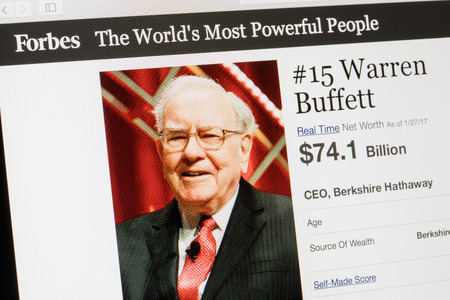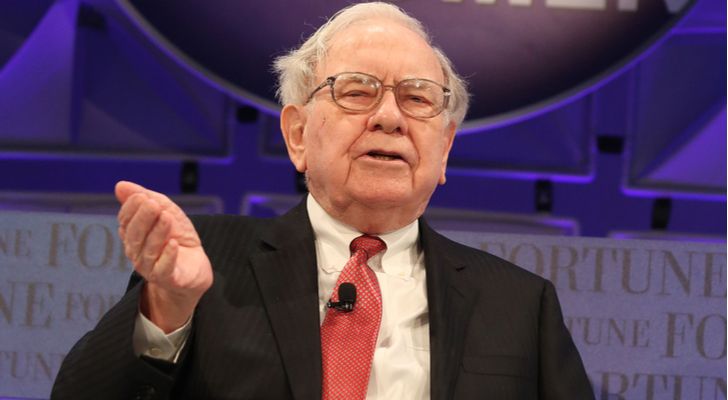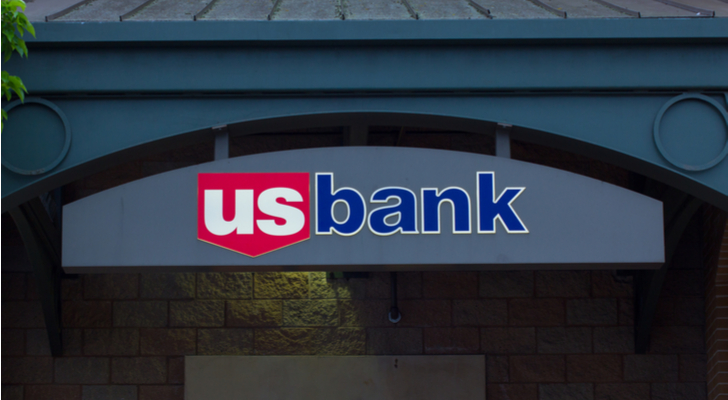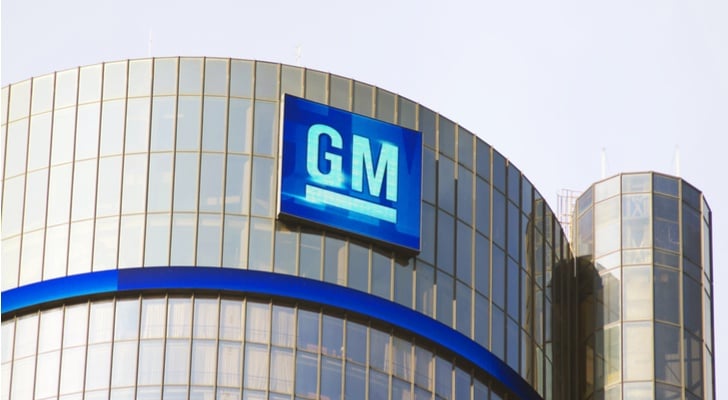
Source: Shutterstock
The stock market rout has left no victims, least of all secular growth giant Amazon(NASDAQ:AMZN). Mostly thanks to a rapid slowdown in the e-commerce business, Amazon stock has dropped into bear market territory recently and is having trouble staging a reversal.
The rapid slowdown in Amazon’s e-commerce business isn’t a good thing for Amazon stock. But it also isn’t that much of a surprise. After all, the business had been growing at ridiculous rates over the past several years, and expanded to control 50% of the U.S. e-commerce market. That wasn’t sustainable. Eventually, other retailers would pivot en masse to the digital channel, market share would be more evenly distributed and Amazon’s e-commerce growth would slow.
That is happening now. Amazon’s e-retail growth rates are coming off the rails. But, other retailer’s e-commerce growth rates are actually improving. That means that while Amazon stock falls, there actually a group of stocks out there that are consequently winning.
Which stocks belong in this group? Let’s take a closer look at four stocks that are winning as a result of Amazon’s e-commerce slowdown.

Stocks Winning as Amazon Stock Falls: Walmart (WMT)
The first pick on this list is an obvious one. Walmart (NYSE:WMT) is the 400-pound elephant in the retail world that has gradually ceded share to Amazon over the years. But, that trend has sharply reversed course recently.
Over the past several quarters, Amazon’s total e-commerce growth rates (online store sales plus third-party sellers services) have decelerated from the mid-20’s to just 15% last quarter. Given the weak Q4 guide, that growth rate will presumably slow to below 15% in Q4.
Meanwhile, during that stretch, Walmart’s e-commerce growth rates have consistently hovered north of 20% and often closer to 40%. Last quarter, for example, Walmart’s e-commerce sales rose by 40%. Thus, as Amazon’s e-commerce growth has cooled to sub 20% rates, Walmart’s e-commerce growth has sustained itself around 40%.
That means Walmart is rapidly stealing share from Amazon in the e-commerce world. This shifting of market share from Amazon to Walmart was inevitable. Amazon controlled 50% of the U.S. e-commerce market in 2017. Walmart controlled just 4%. In terms of total retail sales, though, Walmart dwarfs Amazon, so as Walmart pivots to e-commerce, its share will naturally grow and Amazon’s share will naturally fall.
Investors should expect this dynamic to persist for the foreseeable future. Consequently, Walmart stock should rise due to sustained robust e-commerce growth as Amazon’s e-commerce business cools.
Stocks Winning as Amazon Stock Falls: Target (TGT)
The second pick on this list is just as obvious as the first pick. If Walmart is the 400-pound elephant in the retail world, Target (NYSE:TGT) is its 50-pound little brother. Just as Walmart has gradually ceded share to Amazon over the past several years, Target, too, has ceded share. But, just as is the case at Walmart, this market share erosion trend at Target has reversed course recently.
Over the past several quarters, as Amazon’s e-commerce growth rates have slowed to 15%, Target’s e-commerce growth rates have not just remained robust like they have at Walmart, but actually accelerated higher. A year ago, Target’s e-commerce business was growing at a 30% rate. Last quarter, the e-commerce business grew at a 40%-plus rate.
Overall, as Amazon’s e-commerce growth has cooled, Target’s e-commerce growth rate has heated up to industry-leading levels. Among the retail Big 3 of Amazon, Walmart and Target, Target posted the highest e-commerce growth rate last quarter.
This dynamic will persist. In 2017, Amazon had 50% share of the U.S. e-commerce market to Target’s sub-1% share. But, Amazon’s North America retail operations aren’t 50 times as large as Target’s North America retail operations. Instead, Amazon North America retail has about twice the sales volume of Target.
Thus, as the e-commerce market continues to democratize over the next several years, Target will gradually gain share. These share gains will come at the expense of Amazon, so as Amazon’s e-commerce business cools, Target stock should rise.

Stocks Winning as Amazon Stock Falls: Etsy (ETSY)
This pick is less obvious than the first two picks. Nonetheless, Etsy (NASDAQ:ETSY) is an undeniable winner as Amazon’s e-commerce business slows. The biggest knock against ETSY stock over the past several years is that it doesn’t deserve its valuation because of inevitable “Amazonification.” Eventually, Amazon would copy exactly what Etsy does, and replicate it with greater scale and at lower prices. Sellers would quickly leave Etsy. Buyers would follow suit. The whole Etsy platform would collapse, and ETSY stock would drop.
That hasn’t happened.
Instead, Amazon’s e-commerce business has cooled. In particular, the company’s third-party services growth rate has cooled form 40% and up a few quarters ago, to 30% and slowing last quarter. Meanwhile, during that stretch, gross merchandise sales growth on Etsy has accelerated for four consecutive quarters and registered at a multi-quarter high of over 20% last quarter.
Thus, while Amazon’s third-party e-commerce growth has cooled, Etsy’s gross merchandise sales growth has accelerated.
I don’t think this is a coincidence. Etsy has clearly established a niche for itself as a trusted digital marketplace for the buying and selling of handmade arts and crafts. Amazon has tried to penetrate this market. But, they haven’t had great success. Now, Amazon’s growth is slowing. Etsy’s growth is ramping. Ultimately, that means that as Amazon’s e-commerce business continues to slow, ETSY stock will benefit.

Stocks Winning as Amazon Stock Falls: Shopify (SHOP)
This may be the least obvious pick on this list, but it also may be the biggest beneficiary of Amazon’s slowing e-commerce growth. Shopify (NYSE:SHOP), which provides e-commerce tools and solutions for retailers of all shapes and sizes, benefits tremendously when e-retail gets democratized.
Ultimately, the Shopify business model hinges on this aforementioned democratization of e-retail. Shopify provides e-commerce tools and solutions for all retailers, but with a heavy emphasis on smaller retailers who aren’t equipped to sell efficiently through digital channels. If there are only 10 retailers in the whole e-commerce world, Shopify’s market is small. But, if the e-retail world starts to look like the physical retail world with millions of retailers, then Shopify’s market becomes quite big.
Right now, we are in the process of Shopify’s market going from relatively small, to huge. In 2017, the top 10 e-commerce retailers controlled upwards of 70% of total e-commerce sales. That is exceptionally uneven distribution. In the total retail world, the top 10 retailers account for just 30%of the total retail sales among the top 250 retailers, and presumably a much smaller share of total retail sales among all retailers.
The biggest driver behind this uneven distribution? Amazon. Now, though, Amazon e-retail is cooling. By a whole bunch. Meanwhile, e-commerce growth rates throughout the U.S. remain as robust as they were a year ago, so that means most of the growth in e-commerce is coming from players not named Amazon, and that the number of retailers with e-commerce operations is growing.
That is a great thing for Shopify. In the long-term, the e-retail environment should look a lot like the brick-and-mortar retail environment in terms of sales distribution, and that means we have lot more democratizing to do. From this perspective, Shopify stock is a big winner as a result of Amazon’s slowing e-commerce business.
As of this writing, Luke Lango was long AMZN, WMT and SHOP.
Buffett just went all-in on THIS new asset. Will you?
Buffett could see this new asset run 2,524% in 2018. And he's not the only one... Mark Cuban says "it's the most exciting thing I've ever seen." Mark Zuckerberg threw down $19 billion to get a piece... Bill Gates wagered $26 billion trying to control it...
What is it?
It's not gold, crypto or any mainstream investment. But these mega-billionaires have bet the farm it's about to be the most valuable asset on Earth. Wall Street and the financial media have no clue what's about to happen...And if you act fast, you could earn as much as 2,524% before the year is up.
Click here to find out what it is.
Source: Investor Place






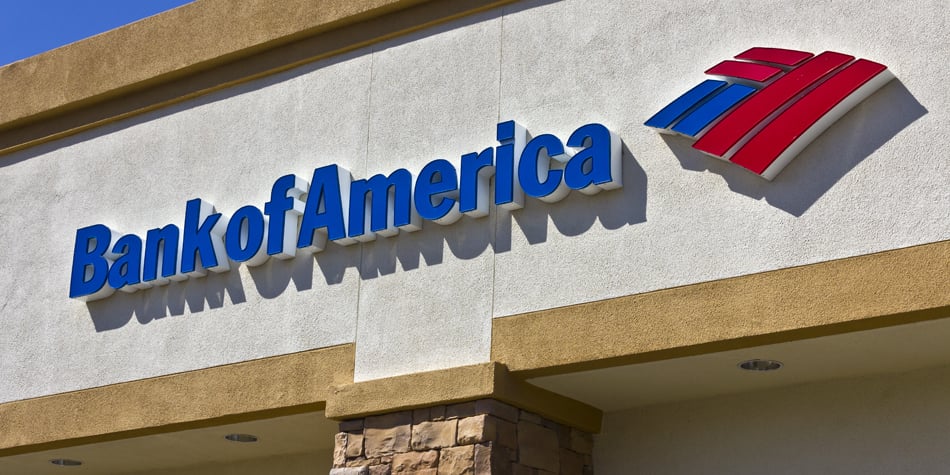

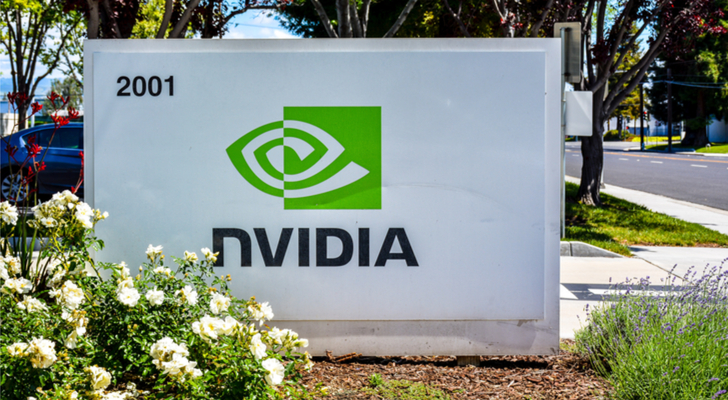








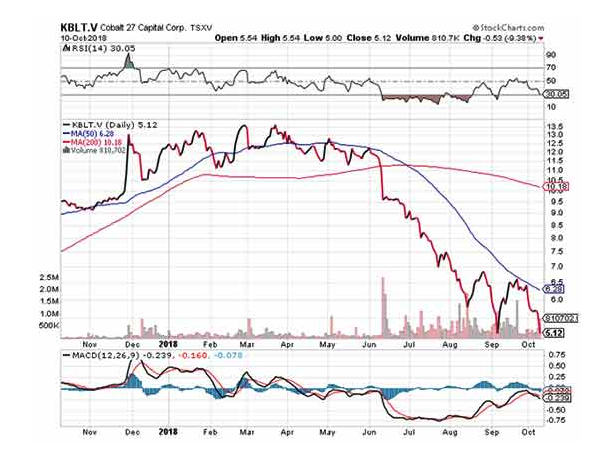
 PETER KRAUTH
PETER KRAUTH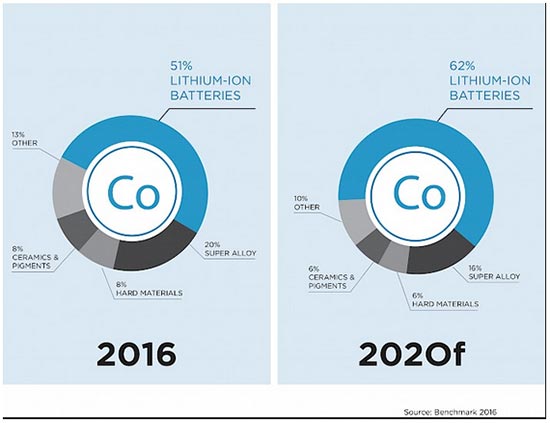
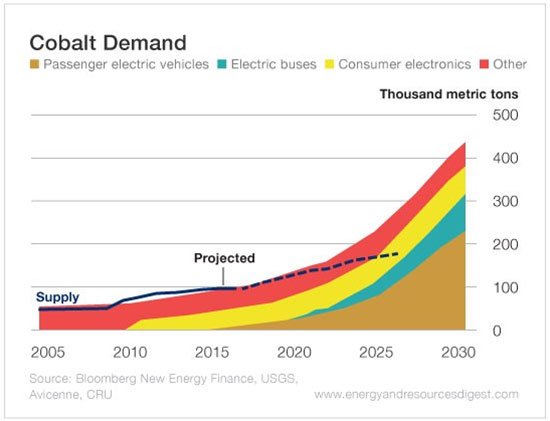
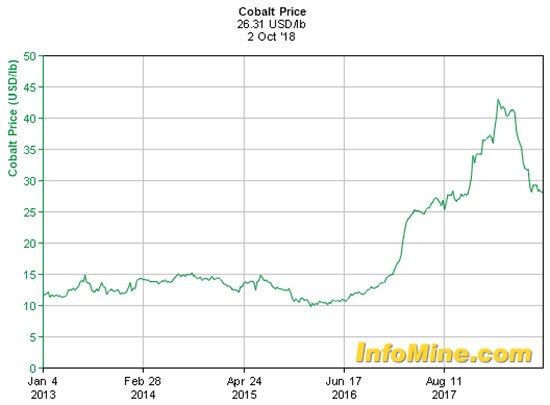
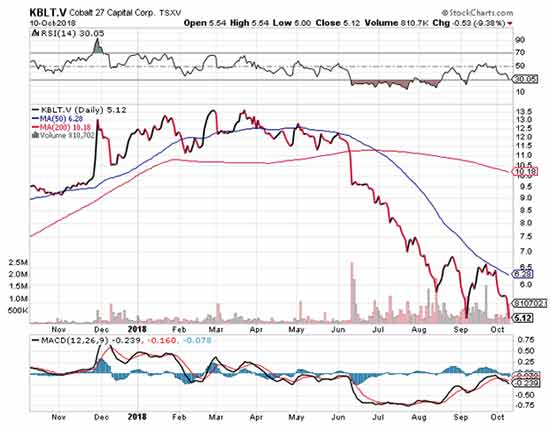
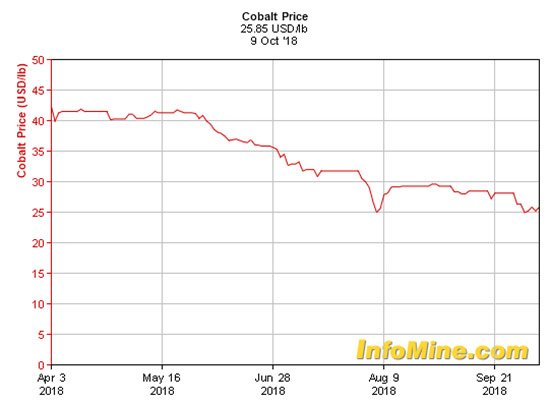


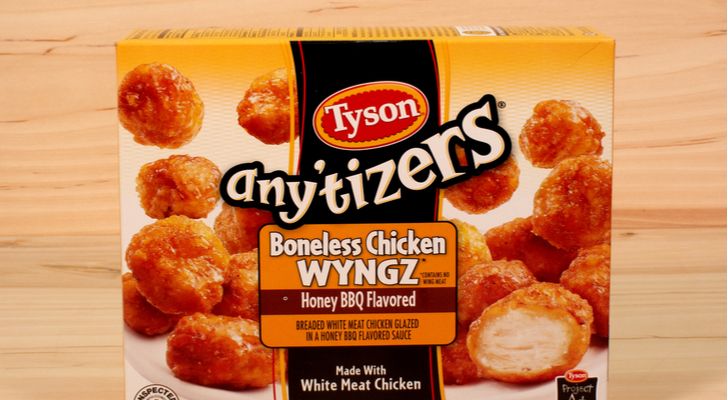



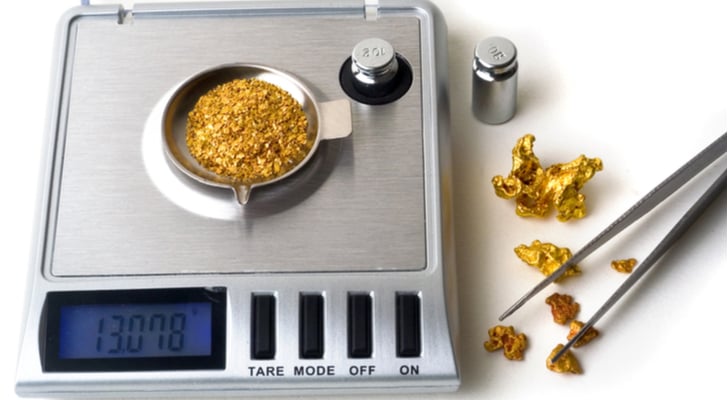

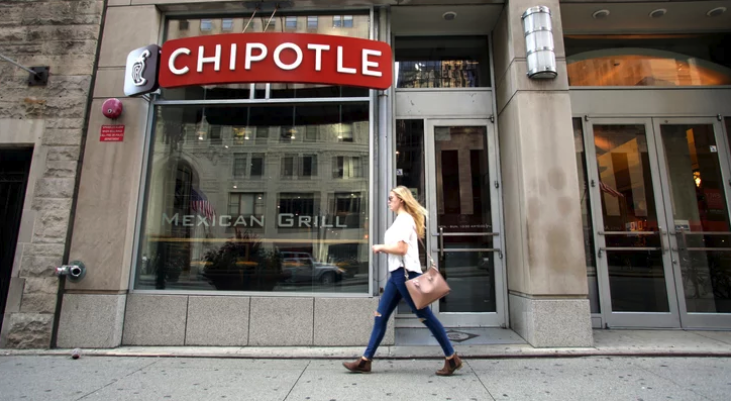

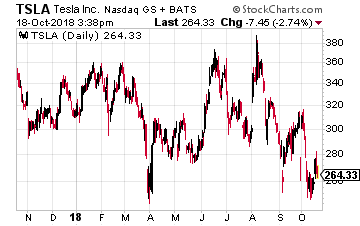 Or as GM president Dan Ammann said recently to the Financial Times, “We see this as the race to the starting line.” In other words, the real race hasn’t even started.
Or as GM president Dan Ammann said recently to the Financial Times, “We see this as the race to the starting line.” In other words, the real race hasn’t even started.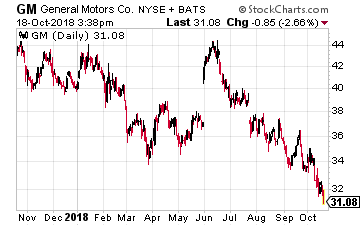 General Motors (NYSE: GM) seems to have bolstered its claim to be the leading carmaker developing self-driving systems after Hondainvested $750 million into its Cruise division, with the promise of a total of $2.75 billion over 12 years.
General Motors (NYSE: GM) seems to have bolstered its claim to be the leading carmaker developing self-driving systems after Hondainvested $750 million into its Cruise division, with the promise of a total of $2.75 billion over 12 years.